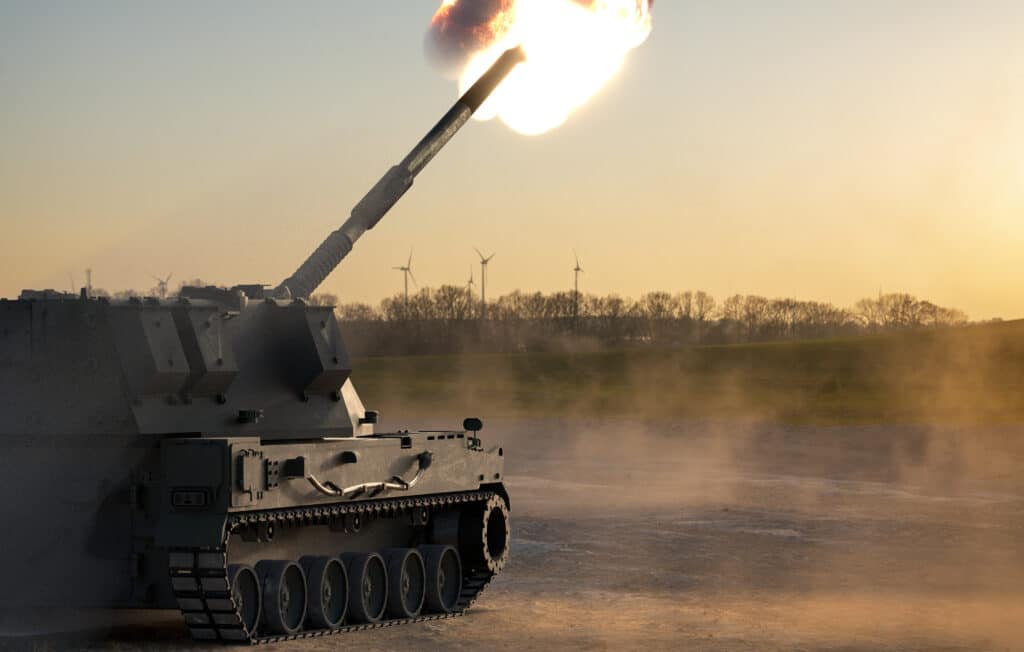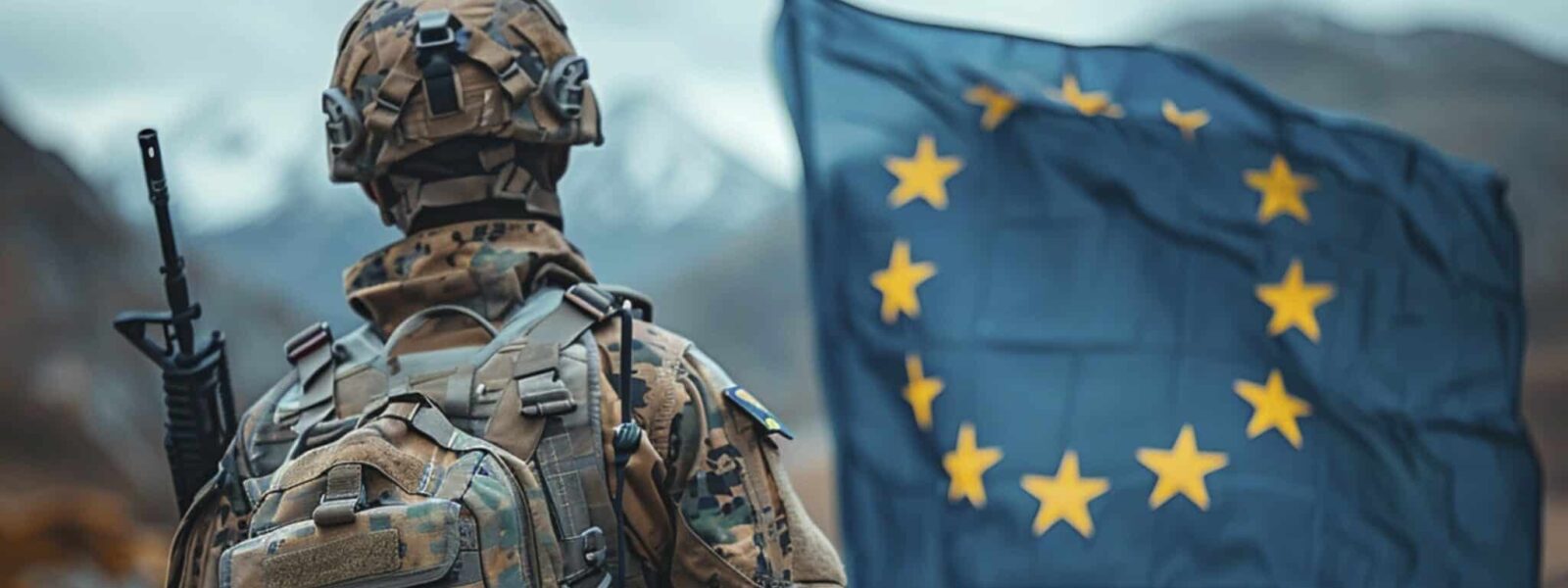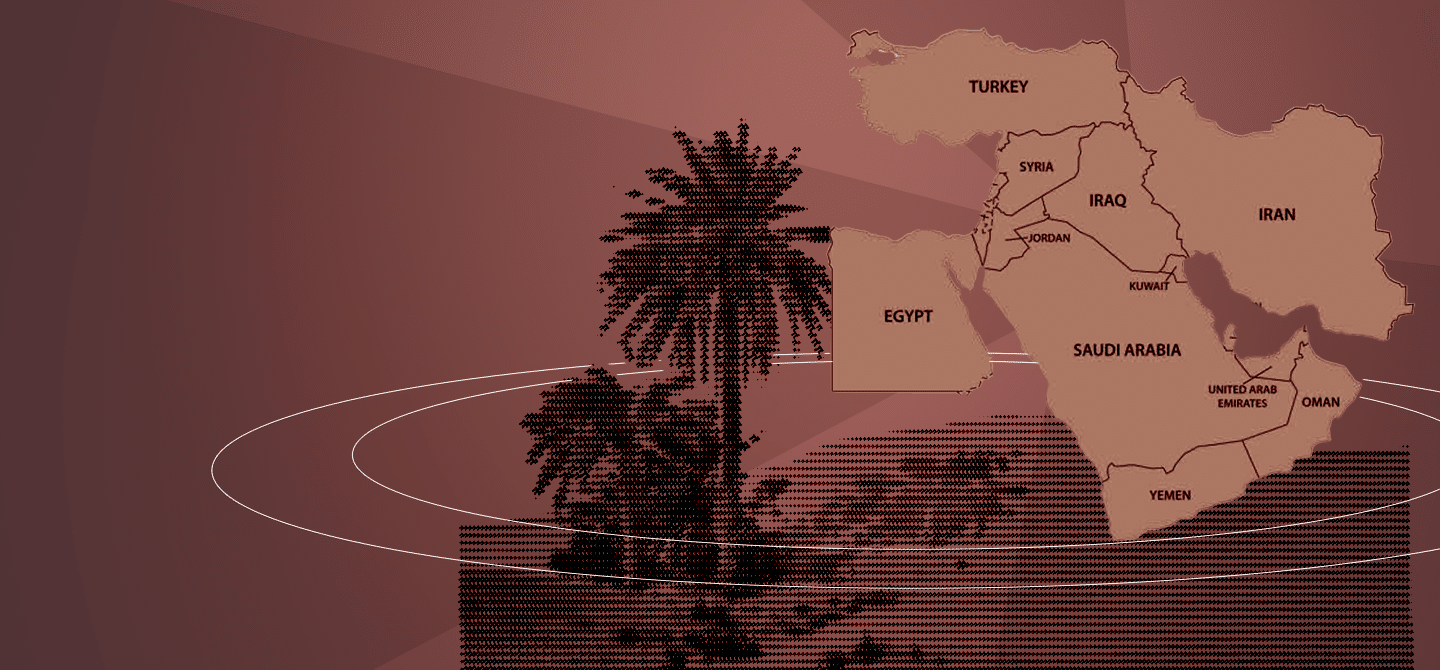EU arms race: rising budgets, disparate capabilities
- In recent years, there has been a gradual rearmament of EU member states and defence budgets are generally on the rise.
- Although France has the second largest army in the EU, it would currently struggle to deploy more than one brigade and replace it with an equivalent unit.
- Today, 4% of Poland’s budget is devoted to defence, and its goal is to build the EU’s leading army in response to Russian aggression.
- Following Poland’s example, Estonia is spending 3.4% of its budget on defence, compared with 3.2% for Latvia and 2.9% for Lithuania.
- Although the UK has a substantial defence budget, both its army and navy have weaknesses in terms of infrastructure, equipment and manpower.
In response to geostrategic threats, the European Commission has unveiled the “ReArm Europe” plan. With a budget of €800bn, this initiative aims to rapidly strengthen the industrial and military capabilities of member states. Before implementing this plan, what is the overall state of the armed forces of member countries?
Léo Péria-Peigné. Assessing the state of defence capabilities within the European Union is a complex exercise, as most of the data available is purely theoretical. In practice, these forces have not been deployed in the field and have not seen combat in real conditions since the 2000s and 2010s, during the wars in Iraq and Afghanistan. In 2025, Ukrainian forces are the only ones in Europe that can claim to have tested their military capabilities in a high-intensity conflict1.
For the rest, European countries have benefited from the “peace dividend” over the last three decades by significantly reducing their military budgets in favour of other sectors. Some states, such as Belgium and the Netherlands, even chose to abandon expensive equipment – such as tanks and rocket launchers – in the 1990s and 2010s. Now they are seeking to rebuild their former capabilities. While defence budgets are generally on the rise, fuelled by a political desire to reinvest in the long term and recreate operational combat units, it will take time to see the benefits. According to the armed forces, it will take between five and ten years to rebuild or restore full capabilities.
The situation in France
Since 2022, France has gradually withdrawn from its operations in West Africa and the Sahel, retaining only two permanent bases, in Gabon and Djibouti. French units retain a certain level of operational skills and deployment capabilities. While they can certainly draw on their experience, the threats they are preparing for in Europe are not of the same nature as those faced in recent asymmetric wars. Questions arise as to whether their resources are adequate to face an adversary such as Russia.

All branches combined, the total number of personnel stands at 200,000 military personnel2 (and 41,000 reservists). Although France has the second largest army in the EU, in the event of a high-intensity conflict, it would currently struggle to deploy more than one brigade – between 7,000 and 8,000 soldiers – and to replace it with an equivalent unit. However, this objective must be achieved in the short term, before considering the deployment of a division (two or three brigades) by 2030.
Since the beginning of the Russian invasion of Ukraine, Poland has been particularly active in rearming. It intends to double its military personnel and acquire nuclear weapons. Will other European countries follow suit?
Warsaw has decided to move beyond theory and has been strengthening its capabilities since 2022. Approximately 4% of its national budget is devoted to defence. Unlike the French authorities, who have chosen to maintain as much capability as possible while reducing personnel, Poland’s goal is not to have the most comprehensive army in Europe. Its goal is to build the EU’s first army capable of responding to Russian aggression. It is thus the largest army in Europe, with 202,100 active military personnel (professionals and volunteers) out of a population of approximately 37 million. By focusing its investments on specific strategic needs, its goal for 2035 is to acquire an arsenal of 1,600 tanks (France has 200), 1,200 artillery pieces and 800 rocket launchers.
Faced with pressure from Russia, Poland’s neighbours are following its example by increasing their military spending: Estonia allocates 3.4% of its budget to defence, followed by Latvia (3.2%) and Lithuania (2.9%).
Grandstanding or real capabilities?
Military budgets and equipment volumes are not always indicative of actual capabilities. How can rocket launchers be deployed to carry out deep strikes? How can nuclear submarines be deployed to put pressure on a naval zone? Beyond acquisition, it is mastery of operational challenges that is key. For example, France has not mobilised tanks for several years and, in terms of electronic warfare, it has only very limited or specialised resources and skills.
As for the United Kingdom, although it has the largest defence budget in Europe (excluding Turkey), both its army and navy are in a critical state, marked by shortcomings in infrastructure, equipment and manpower. As a general rule, the figures announced in Europe can easily be reduced by a third, or even half in some cases, as they always conceal maintenance shortcomings.
What results can be expected?
The proliferation of announcements and investments marks a significant break with the thirty years of military disengagement that followed the end of the Cold War. Beyond political rhetoric, will the European military landscape have changed in 5 to 10 years? How can recruitment difficulties be overcome? What will be the actual, rather than theoretical, number of soldiers ready to be deployed in good order? For now, the rearmament process is still in its infancy, and years of underinvestment will have to be made up before credibility can be achieved in the current geostrategic environment, which is made up of actors who only communicate and understand relationships in terms of power.















